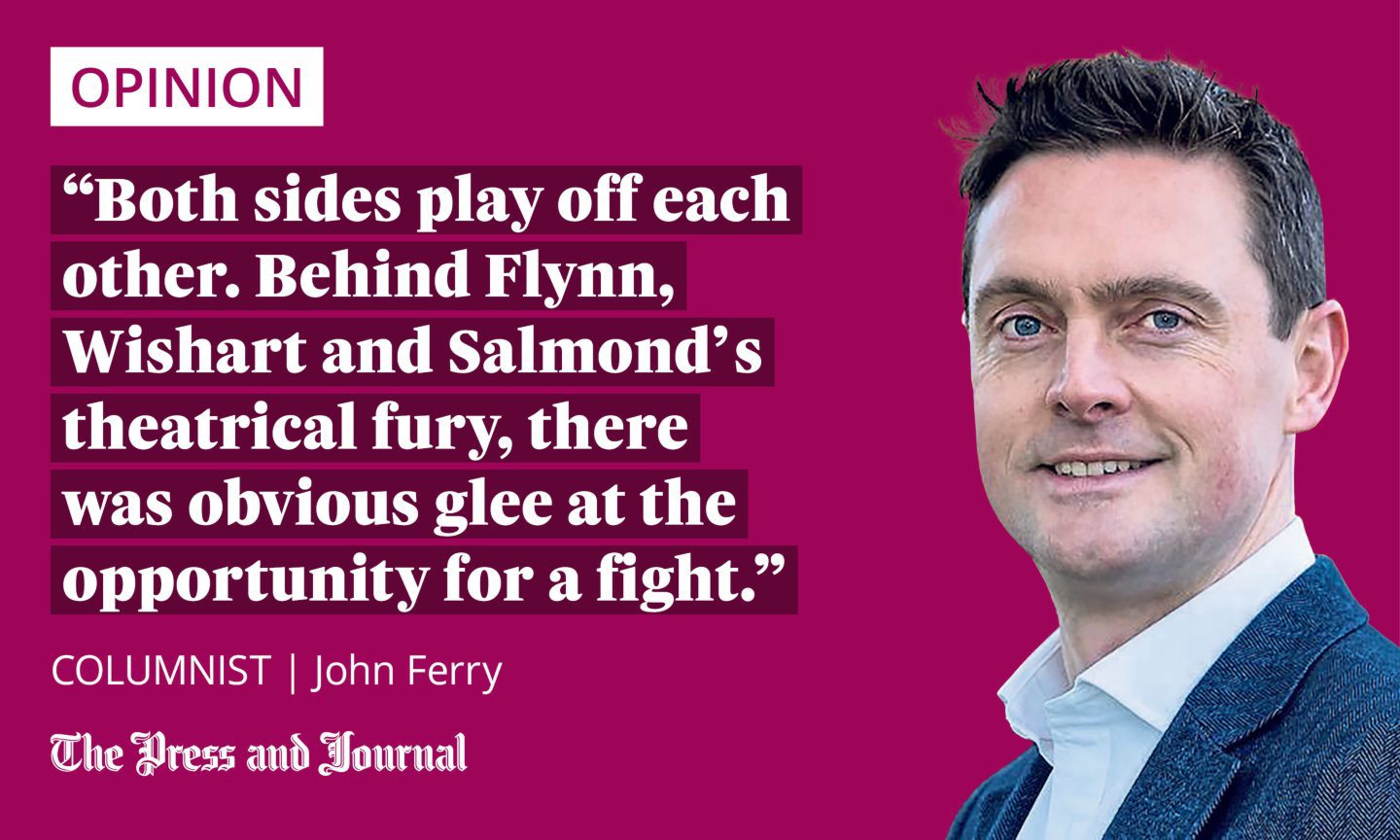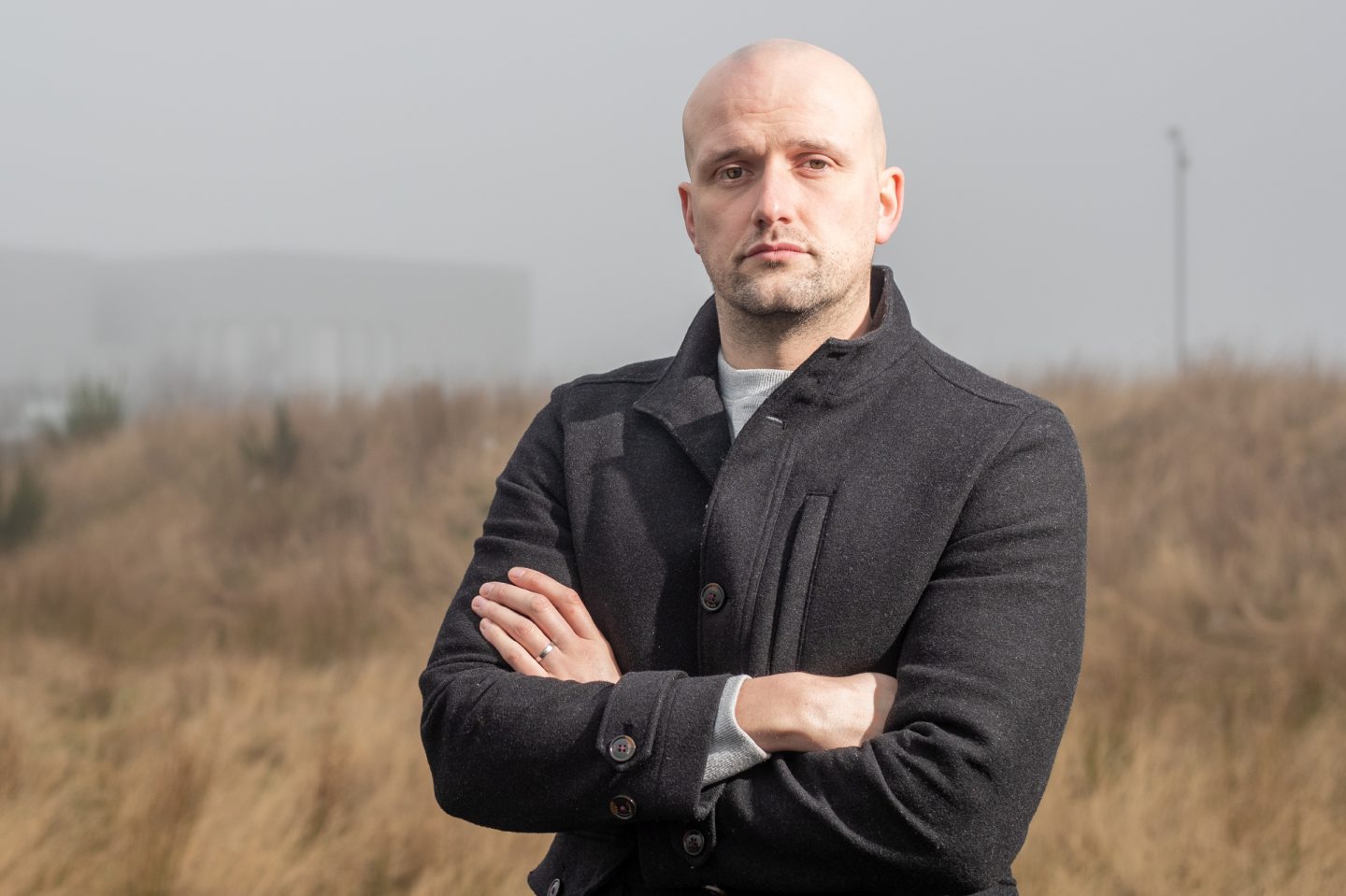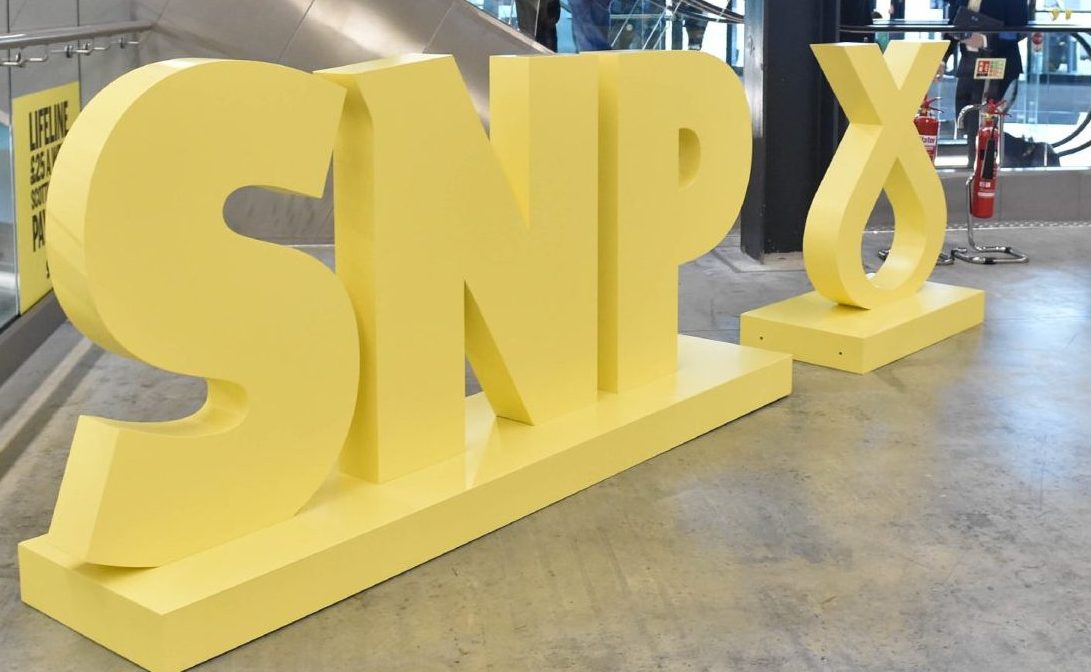The response was as predictable as the initial comment was stupid.
In case you missed it, there was a minor stooshie earlier this month after Prime Minister Rishi Sunak mentioned Scottish nationalism in a speech about security threats to the UK.
He covered a plethora of topics, from “Iranian proxies firing on British ships in the Red Sea” to Russia “weaponising immigration”. Then, in one part of the speech, held at the Policy Exchange think-tank in London, Sunak came on to discuss “extremists” exploiting global conflicts to “divide us”.
“People are abusing our liberal democratic values – the freedom of speech, right of protest – to intimidate, threaten and assault others; to sing anti-semitic chants on our streets and our university campuses; and to weaponise the evils of anti-semitism or anti-Muslim hatred in a divisive, ideological attempt to set Briton against Briton,” he said.
Next came the bit where he brought Scottish separatism into it: “And, from gender activists hijacking children’s sex education to cancel culture, vocal and aggressive fringe groups are trying to impose their views on the rest of us.
“They’re trying to make it morally unacceptable to believe something different and undermine people’s confidence and pride in our own history and identity. Scottish nationalists are even trying to tear our United Kingdom apart.”
Since coming to office, Sunak has taken a scattergun approach to stoking division and fomenting culture wars. Find a wedge issue to exploit, and he’ll have a go, regardless of the collateral damage it might cause.
But, in the post-Boris Johnson, post-Brexit era, these inflammatory tactics are not working. Sunak is finding it impossible to conjure up saliency for his party. The mishmash of incoherent ideas in his speech was a microcosm of his time in office.

Sensible folk yawned at his words. But not everyone. SNP MP Pete Wishart was predictably enraged. Sunak is branding half of Scotland extremists, twisted his colleague Stephen Flynn on Question Time, having already said much the same in the House of Commons. Meanwhile, Alex Salmond, appearing alongside Flynn on Question Time, took the opportunity to do one of his incensed-to-the-point-of-almost-breaking-down performances.
It was precisely the response Sunak wanted, and it was interesting to watch as an example of the symbiotic relationship between the SNP and Alba, and the Conservatives. Sunak says something inflammatory to get his base fired up, which gives the nationalists a chance to break out the war paint and defend the honour of the nation against the nasty outsider – which, in turn, fires up their base.
Both sides play off each other. Behind Flynn, Wishart and Salmond’s theatrical fury, there was obvious glee at the opportunity for a fight.
Obviously, no reasonable person views supporters of the nationalist cause as extremist. What is reasonable, though, is to examine the outcome of Scottish secession and assess whether it is extreme, and if it poses a security risk to all current British citizens, to the theoretical citizens of a future independent Scottish state, and to Western security more broadly.
The answer seems clear. Yes, the outcome of Scottish secession would be extreme, and, yes, it would create security risks.
Understanding the extreme reality of policies voters sometimes back
No established democracy has broken apart in the modern democratic era. We have witnessed decolonisation and the break-up of totalitarian states like the USSR, as well as the break-up of a fledgling democracy, when Czechoslovakia dissolved into two states, but secession from settled Western democracies generally does not happen.
Kicking off a new era characterised by the breakdown of democracies would clearly be extreme. Ah, but we’re just talking about Scotland and Britain here, you might think. Not so.
Voters in democracies sometimes back those pushing extreme policies. This is nothing new
The SNP, for one, pushes “self-determination” as a first-order principle, in all and any context, including the context of established free democracies. That is why Nicola Sturgeon and her colleagues publicly backed the break-up of Spain in 2017, when Catalan nationalists held an illegal referendum. One presumes that, on point of principle, they would also back Bavarian or Corsican independence should the people of those places signal they want it.
In a century that could well see China, an illiberal anti-democracy allied with Russia and North Korea, become increasingly dominant economically, militarily and culturally, putting that principle into action is unlikely to be wise.
There is also an obvious security threat from breaking up Nato’s most predominant constituent after the US, putting a big question mark over the future operational capability of its nuclear deterrent.
Voters in democracies sometimes back those pushing extreme policies. This is nothing new – see Brexit, Donald Trump, and the increasing popularity of far-right parties across Europe. To characterise those voters as extremist is obviously wrong. But we should not shy away from understanding the extreme reality of the policies voters sometimes back, and that includes Scottish secession.
John Ferry is a regular commentator on Scottish politics and economics, a contributor to think tank These Islands, and finance spokesperson for the Scottish Liberal Democrats



Conversation